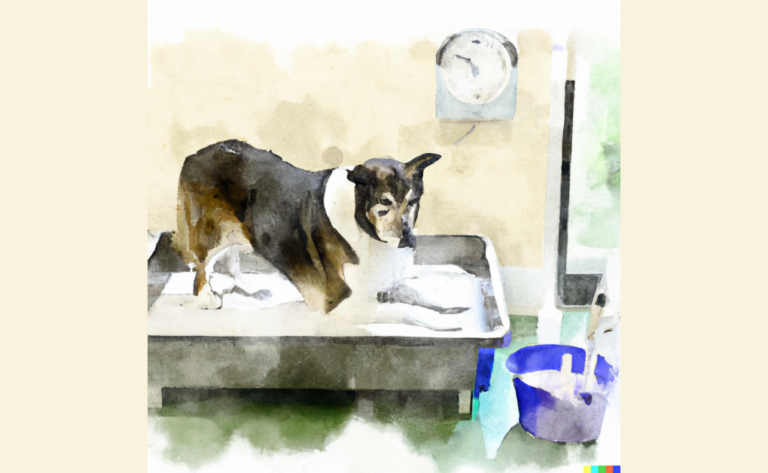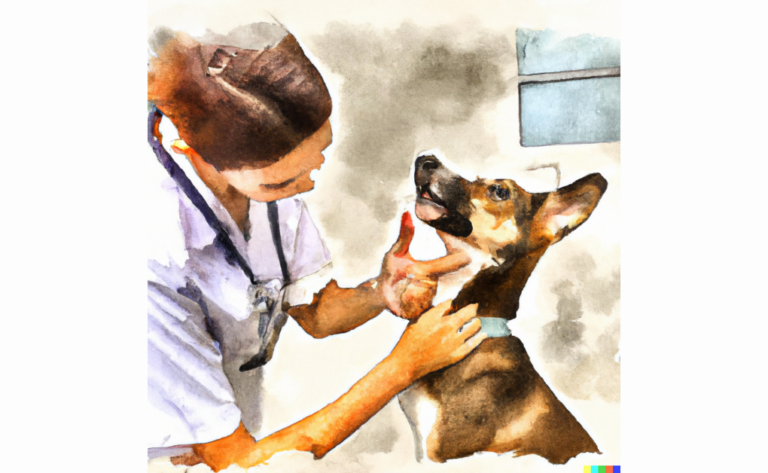8 Common Cat Behavior Problems
As a cat owner, it’s essential to understand the nuances of your feline friend’s behavior. Cats can exhibit various behaviors that may be puzzling, frustrating, or even concerning. Let’s explore some of the most common cat behavior problems and their underlying causes. We’ll also discuss strategies to help you manage and address these issues effectively, ensuring a happier and more harmonious relationship between you and your furry companion. So, let’s dive into the world of feline quirks and discover how we can overcome feline behavior problems.
Litter Box Issues
Inappropriate elimination is when a cat urinates or defecates outside their litter box. This can be a frustrating issue for pet owners. Still, it’s essential to understand that cats may engage in this behavior for various reasons, including medical issues, stress, or an unclean litter box.
To address inappropriate elimination in cats, follow these steps:
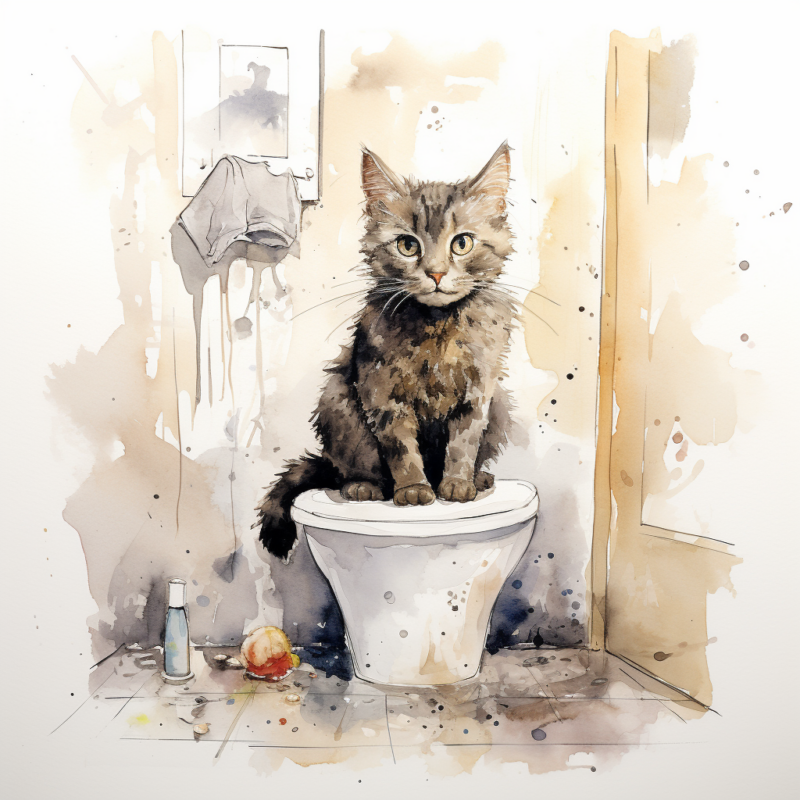
- Consult a veterinarian: Rule out any underlying medical issues causing the inappropriate elimination, such as urinary tract infections, bladder stones, or gastrointestinal problems.
- Litter box cleanliness: Ensure the litter box is cleaned regularly, as cats may refuse to use a dirty box. Scoop the litter box at least once a day, replace the litter and clean the container with mild soap and water every week.
- Litter box placement: Cats may avoid using a litter box placed in a noisy, high-traffic area or one inaccessible. Place the litter box in a quiet, easily accessible location away from your cat’s food and water.
- Litter type: Experiment with different kinds of litter, as your cat may have a preference. Some cats prefer unscented, clumping litter, while others prefer non-clumping or alternative materials like wood or paper pellets.
- Several litter boxes: Provide one litter box for each cat in the household, plus an additional package. This ensures each cat has its own space and can help prevent territorial issues.
- Stress reduction: Identify and address any potential stressors in your cat’s environment, such as conflicts with other pets, changes in the household, or loud noises. Provide your cat with a safe space to retreat, such as a cat tree, a hiding spot, or a separate room.
- Positive reinforcement: Praise your cat and offer treats when they use the litter box correctly. This helps reinforce the desired behavior.
Scratching Furniture
Scratching furniture is a common kitty behavior. Cats scratch to mark their territory, stretch their muscles, and maintain their claws. Studies have shown that 84% of cats engage in inappropriate scratching of household items, including chairs, carpets, and furniture.
While scratching is a normal behavior for cats, it can cause damage to furniture and become a problem for pet owners.
To discourage any scratching behavior, follow these steps:
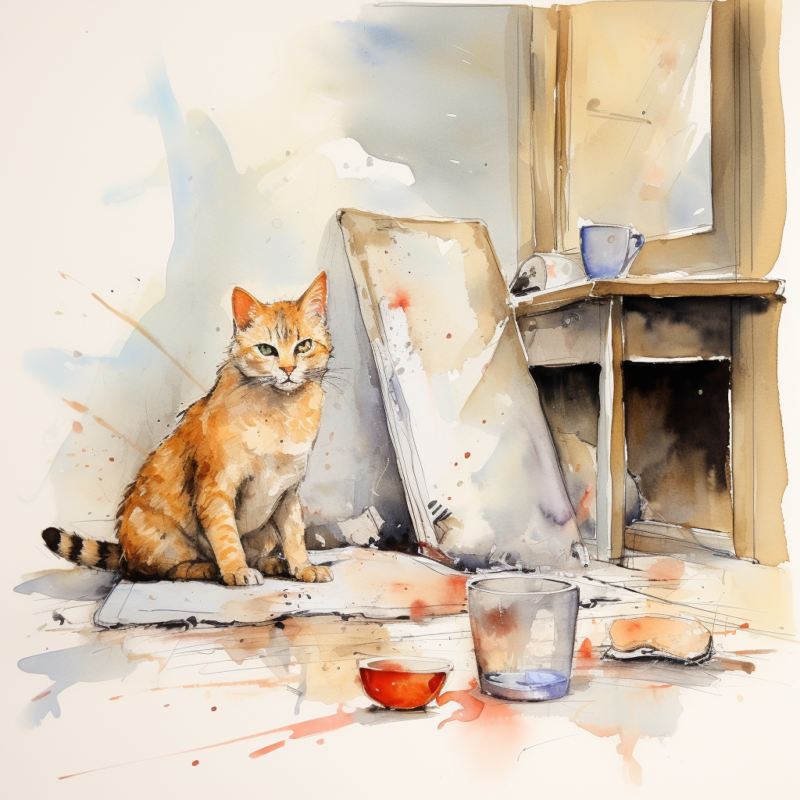
- Provide scratching alternatives: Offer appropriate scratching surfaces, such as scratching posts, pads, or cat trees made of materials like sisal, cardboard, or wood. Place these scratching alternatives near the furniture your cat is scratching, and encourage your cat to use them by sprinkling catnip or placing treats on the new surfaces.
- Positive reinforcement: Praise your cat and offer treats when they use the provided scratching alternatives. This helps reinforce the desired behavior.
- Deterrents: Use deterrents to make the furniture less appealing to scratch. You can apply double-sided sticky tape or aluminum foil to the areas your cat tends to scratch, as these textures are generally unappealing to cats.
- Nail care: Regularly trim your cat’s nails to minimize the damage caused by scratching. Alternatively, you can also use nail caps, which are temporary soft plastic covers glued onto your cat’s claws, preventing damage to furniture.
- Enrichment and play: Provide your cat with toys and engage them in interactive play sessions to keep them mentally and physically stimulated, which may help reduce their desire to scratch furniture.
- Feliway: Consider using a synthetic pheromone product like Feliway, miming the calming facial pheromones cats produce when they rub their cheeks on surfaces. This can help reduce stress and the urge to scratch.
- Soft surfaces: Cover your furniture with soft materials like blankets or furniture covers that are less appealing for your cat to scratch.
- Training: Train your cat to understand “no” or “off” when you catch them scratching the furniture. Use a firm voice but avoid yelling or physical punishment, which can cause fear and stress in your cat.
Aggressive Behavior
Cat aggression is a behavioral problem that can manifest through hissing, growling, swatting, biting, or attacking other animals or people. Cats also become aggressive because of fear, territorial disputes, redirected aggression, or medical issues.
To address and manage your cat’s aggression, consider these steps:
- Identify the cause: Observe your cat’s behavior and the circumstances surrounding the aggression to determine its cause. Common triggers include new pets or people in the home, sudden movements, or feeling cornered.
- Give space: If your cat is fearful or stressed, provide a safe and quiet space for them to retreat. Ensure they can access food, water, a litter box, and hiding spots.
- Gradual introductions: If the aggression is directed towards a new pet or person, use gradual, controlled introductions to help your cat adjust. Keep the new addition separated first, allowing them to familiarize themselves with each other’s scent before supervised interactions.
- Environmental enrichment: Enrich your cat’s environment with toys, scratching posts, and perches. Engage them in interactive play to stimulate them mentally and physically, which may help reduce aggression.
- Avoid punishment: Avoid using physical punishment or yelling, as this can increase fear and aggression. Instead, use positive reinforcement to encourage good behavior.
- Redirect aggression: If your cat is exhibiting redirected aggression (attacking another pet or person when they cannot access the source of their frustration), separate them from the source and provide a calm, soothing environment.
- Medical evaluation: Consult your veterinarian to rule out any underlying medical issues causing the aggressive behavior. Pain, illness, or hormonal imbalances can contribute to aggression in cats.
- Behavior modification: Work on clicker training or desensitization techniques to help your cat associate positive experiences with previously aggressive situations.
Excessive Vocalization
Excessive vocalization is a behavioral problem in cats where they meow, yowl, or make other noises more frequently or loudly than usual. Several factors, including medical issues, stress, attention-seeking, or environmental changes, can cause this behavior.
To address and manage your cat’s excessive vocalization, consider the following steps:
- Medical evaluation: Consult your veterinarian to rule out any underlying medical issues that may be causing the excessive vocalization. Hyperthyroidism, deafness, pain, or cognitive dysfunction can contribute to increased vocalization.
- Address environmental factors: Make sure your cat’s environment is comfortable, with access to food, water, a clean litter box, and hiding spots. If the vocalization is related to loneliness or boredom, provide toys and engage in interactive play to keep them mentally and physically stimulated.
- Maintain a routine: Cats thrive on routine, so try to maintain a consistent daily schedule for feeding, playtime, and sleep. This can help reduce stress and anxiety, possibly contributing to excessive vocalization.
- Gradual desensitization: If your cat’s vocalizations are caused by stress, such as fear of loud noises or new situations, work on incremental desensitization techniques to help them adjust.
- Ignore attention-seeking behavior: If your cat is vocalizing to seek attention, avoid reinforcing the behavior by responding to it. Instead, please wait for a quiet moment and then give them attention or reward them for being quiet.
- Reinforce quiet behavior: Use positive reinforcement, such as treats or praise, to reward your cat when they are quiet.
- Address nighttime vocalization: If your cat is vocalizing excessively during the night, ensure they have a comfortable sleeping area and try to tire them out with playtime before bedtime. In addition, you can adjust their feeding schedule so they’re not hungry at night.
- Professional help: If the excessive vocalization persists or worsens, consult a professional cat behaviorist or veterinarian for further guidance and recommendations.
Over-Grooming
Over-grooming, or psychogenic alopecia, is a behavioral problem in cats where they excessively groom themselves, leading to hair loss, skin irritation, or even wounds. This behavior may be triggered by stress, boredom, anxiety, or underlying medical conditions.
To address and manage your cat’s over-grooming, consider the following steps:
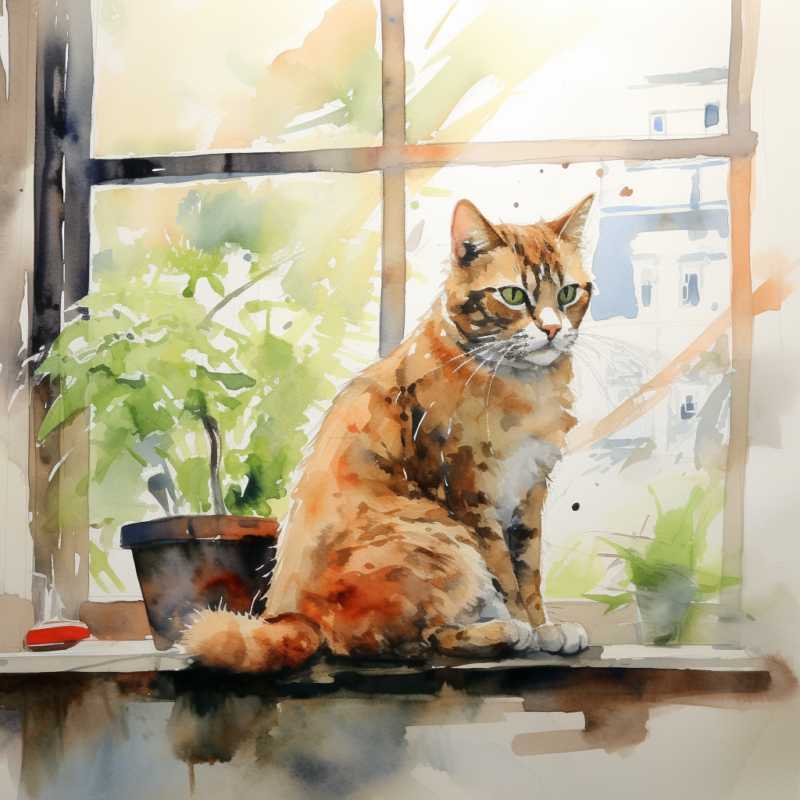
- Medical evaluation: Consult your veterinarian to rule out any underlying medical issues causing the over-grooming. Conditions such as allergies, skin infections, or parasites can contribute to excessive grooming.
- Identify stressors: Determine if there are any stressors in your cat’s environment, such as changes in routine, new pets, or loud noises, and try to minimize or eliminate them.
- Provide environmental enrichment: Enrich your cat’s environment with toys, scratching posts, and climbing structures to stimulate them mentally and physically. In addition, interactive playtime is essential to help reduce boredom and anxiety, which can contribute to over-grooming.
- Maintain a routine: Cats thrive on routine, so try to maintain a consistent daily schedule for feeding, playtime, and sleep. This can help reduce stress and anxiety.
- Offer hiding places: Provide your cat safe spaces to retreat and feel secure when stressed or anxious.
- Address anxiety: If your cat’s over-grooming is caused by stress, discuss with your veterinarian possible treatments, including pheromone diffusers, calming supplements, or medications.
- Use deterrents: In some cases, barriers such as taste deterrent sprays or wearing an Elizabeth collar (with your veterinarian’s guidance) can temporarily help break the over-grooming habit.
- Professional help: If the over-grooming persists or worsens, consult a professional cat behaviorist or your veterinarian for further guidance and recommendations.
Eating Non-Food Items (PICA)
Eating non-food items, or pica is a behavioral issue in cats where they consume materials such as fabric, plastic, paper, or rubber. Pica can stem from medical problems, dietary deficiencies, genetics, or environmental factors like boredom or stress. To address and manage your cat’s pica behavior, consider the following steps:
- Medical evaluation: Consult your veterinarian to rule out any underlying medical conditions that may be causing the pica behavior, such as dental problems, gastrointestinal issues, or nutritional deficiencies.
- Balanced diet: Ensure your cat receives a balanced diet to prevent nutritional deficiencies that may lead to pica. Consult your veterinarian about the appropriate diet for your cat’s age, weight, and health status.
- Environmental enrichment: Provide your cat with plenty of mental and physical stimulation to prevent boredom, which can lead to pica. Offer a variety of toys, scratching posts, and climbing structures. Engage in regular playtime and interactive activities with your cat to entertain them.
- Address stressors: Identify and address potential stressors in your cat’s environment, such as changes in routine, new pets, or conflicts with other animals in the household. Provide your cat with a safe, quiet space to retreat when feeling stressed.
- Deterrents: Use deterrents such as taste aversion sprays or double-sided tape on items your cat is prone to chew or ingest. Provide safe and appropriate alternatives for them to chew on, like cat-safe toys.
- Positive reinforcement: Praise and reward your cat for displaying appropriate behaviors and interacting with their toys instead of chewing on non-food items. Avoid punishing your cat, as it may increase stress and worsen the pica behavior.
- Monitor and restrict access: Keep an eye on your cat and limit access to the items they typically target. This may involve putting away items like plastic bags, hair ties, or small objects that could pose a choking hazard.
- Professional help: If your cat’s pica behavior persists or worsens, consult a professional cat behaviorist or veterinarian for further guidance and recommendations.
Begging for Food
Begging for food is a behavioral problem in cats, where they continuously seek food or treats, often pestering their owners for more, even if they have been fed already. This behavior can be attributed to various factors, such as hunger, boredom, or having learned that begging results in receiving food. To manage and prevent your cat’s begging behavior, consider the following steps:
- Establish a feeding schedule: To create a routine, feed your cat at consistent times each day. This helps them understand when to expect their meals and reduces the likelihood of begging between meal times.
- Measure portions: Ensure you provide the right food for your cat’s age, weight, and activity level. Consult your veterinarian for guidance on proper portion sizes.
- High-quality diet: Feed your cat a balanced and high-quality diet to ensure they receive the necessary nutrients and feel satiated after meals. A well-balanced diet can help reduce excessive hunger and begging behaviors.
- Interactive feeders: Use puzzles or slow feeders to make mealtime more challenging and engaging. This will also help slow your cat’s eating, making them feel fuller and less likely to beg for more food.
- Mental and physical stimulation: Provide your cat with toys, scratching posts, and climbing structures to keep them entertained and physically active. Engaging in interactive play sessions can help reduce boredom, which might contribute to begging behavior.
- Reward good behavior: Encourage positive behaviors by praising your cat or offering a small treat when they display patience or engage with their toys. Avoid rewarding begging behavior, as it reinforces the undesirable action.
- Ignore begging: Do not give in to your cat’s begging, as this reinforces the behavior. Instead, ignore their pleas and avoid giving them food outside their regular meals. If necessary, leave the room until they stop begging.
- Separate mealtimes: If you have multiple pets, feed them separately to prevent competition for food, which may lead to begging behaviors.
Furniture Climbing or Jumping
Furniture climbing or jumping is a natural behavior in cats, as they are instinctively inclined to explore their surroundings, climb, and perch on elevated surfaces. However, this behavior can become a problem if it leads to the destruction of furniture or other household items. To manage and prevent your cat’s excessive furniture climbing or jumping, consider the following steps:
- Provide appropriate climbing spaces: Offer your cat alternative climbing options, such as cat trees, shelves, or perches designed explicitly for them. You redirect their energy and attention away from your furniture by providing appropriate climbing spaces.
- Use deterrents: Apply double-sided tape, aluminum foil, or plastic sheeting on furniture where your cat tends to jump or climb. Cats dislike the texture and feel of these materials and may be discouraged from climbing in those areas.
- Block access: Restrict your cat’s access to specific rooms or furniture where climbing or jumping is prohibited. Use baby gates, closed doors, or other barriers to keep them away from these areas.
- Encourage fair play: Provide your cat with toys, such as wand toys, balls, or mice, to engage them in interactive play sessions. This helps channel their energy into appropriate activities and reduces their need to climb and jump on furniture.
- Train your cat: Use positive reinforcement to train your cat to stay off specific furniture pieces. For example, reward them with praise, attention, or treats when climbing or jumping on appropriate surfaces.
- Use environmental enrichment: Ensure your cat’s environment is stimulating and engaging. This includes providing hiding spots, scratching posts, and toys to keep them entertained and less likely to resort to climbing and jumping on furniture.
- Trim your cat’s nails: Regularly trim them to minimize any potential damage to your furniture when they climb or jump on it.
- Be patient and consistent: It may take time for your cat to learn which surfaces are appropriate for climbing and jumping. Therefore, be consistent in your training and deterrent efforts, and remember that patience is vital.
Frequently Asked Questions
Disclaimer: The information provided on this veterinary website is intended for general educational purposes only and should not be considered as a substitute for professional veterinary advice, diagnosis, or treatment. Always consult a licensed veterinarian for any concerns or questions regarding the health and well-being of your pet. This website does not claim to cover every possible situation or provide exhaustive knowledge on the subjects presented. The owners and contributors of this website are not responsible for any harm or loss that may result from the use or misuse of the information provided herein.




